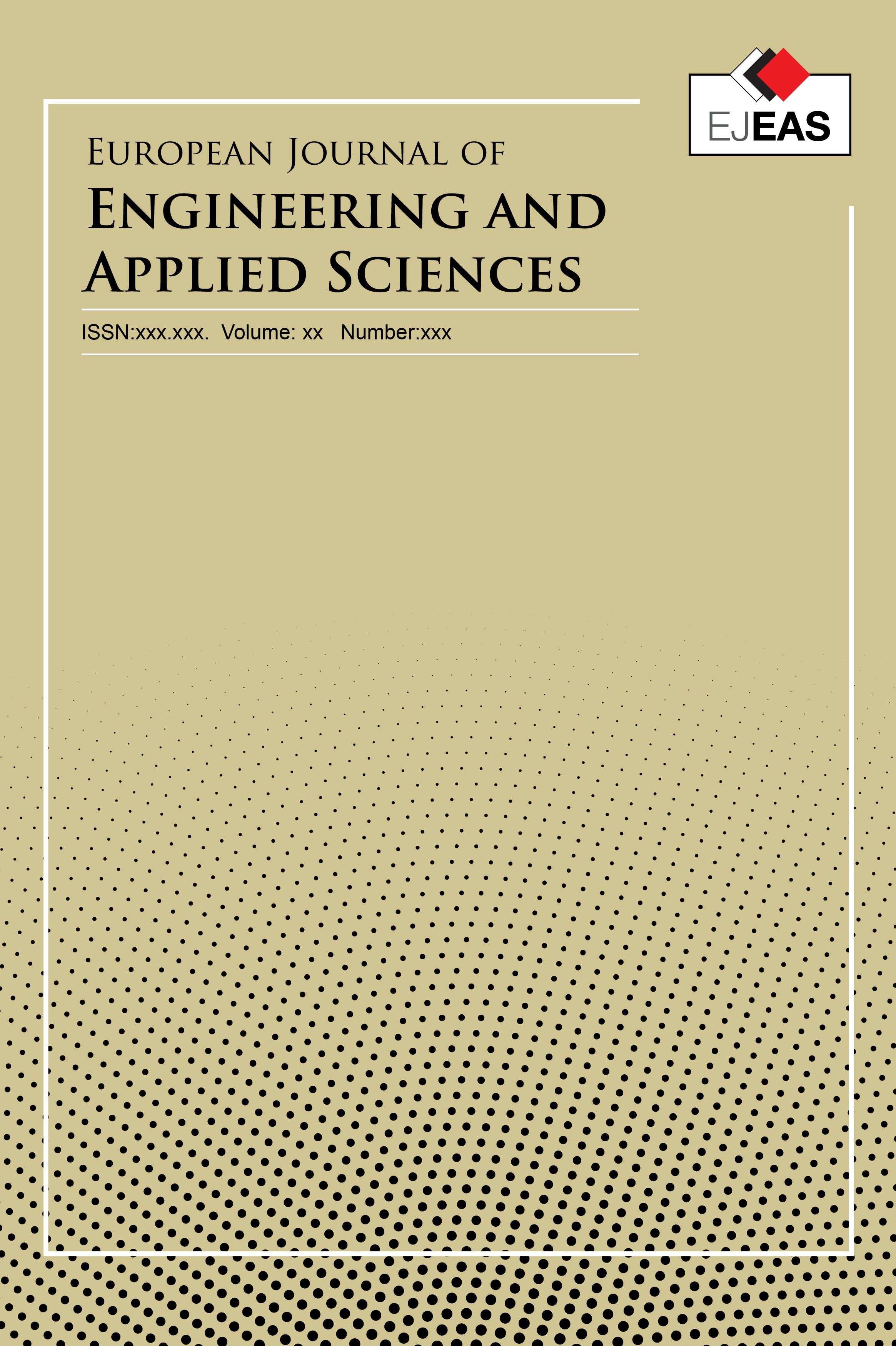Mathematical Modeling of the Response of a Buck Converter to Disturbances
Integral adaptation, Analytical Construction of Aggregated Controllers(ACAC), Pulse-width converters, Control system
Mathematical Modeling of the Response of a Buck Converter to Disturbances
Integral adaptation, Analytical Construction of Aggregated Controllers(ACAC), Pulse-width converters, Control system,
___
- [1 ] Chun T. Rim, Gyu B. Joung, and Gyu H. Cho, “Practical Switch Based State-Space Modeling of DC-DC Converters with All Parasitics,” IEEE Trans. on power electronics, vol. 6 No. 4 October 1991
- [2]Undeland, M. N., Robbins, W. P., & Mohan, N. (1995). Power electronics. Converters, Applications, and Design.
- [4] Hart, D. W., & Hart, D. W. (2011). Power electronics (Vol. 166). New York: McGraw-Hill.
- [5]Kaur, R., & Kaur, N. (2014). Mathematical Modelling of Buck Converter. International Journal on Recent and Innovation Trends in Computing and Communication, 2(5), 1226-1229.
- [6] Belous, A., Solodukha, V., Efimenko, S., & Pilipenko, V. (2022). Fundamentals of power electronics
- [7] Marian K. Kazimierczuk «Pulse-width modulated dc–dc power converters», 2008г.
- [8]Singh, P., & Purwar, S. (2012, December). Sliding mode controller for PWM based Buck-Boost DC/DC converter as state space averaging method in continuous conduction mode. In 2012 2nd International Conference on Power, Control and Embedded Systems (pp. 1-5). IEEE
- [9] S. Laali, H.M Mahery, “Buck DC-DC Converter: Mathematical Modeling and Transient State Analyzes”, 3rd IEEE International Symposium on Power Electronics for Distributed Generation Systems (PEDG), 2012, pp. 661-667.
- [10] Rodney H.G TanI. , Matthew Y.W.Teow,” A Comprehensive Modeling, Simulation and Computational Implementation of Buck Converter Using MATLAB/Simulink" ,Energy Conversion(CENCON)”,2014 IEEE Conference on 13-14 Oct.2014, pp. 37-42.
- [11] A. A. Kolesnikov, Sequential Optimization of Nonlinear Aggregated Control Systems (Energoatomizdat, Moscow,1987) [in Russian].
- [12] A.A. Kolesnikov, Synergetic Control Theory (in Russian) Moscow – Taganrog: TSURE, 1994, ISBN 50230-24678-2.
- [13] Kondratiev, I., Santi, E., Dougal, R., & Veselov, G. (2004, June). Synergetic control for DC-DC buck converters with constant power load. In 2004 IEEE 35th Annual Power Electronics Specialists Conference (IEEE Cat. No. 04CH37551) (Vol. 5, pp. 3758-3764). IEEE.
- [14] Khoroshavin, V. S. Singular optimal control of nonlinear objects: [monograph] / V. S. Khoroshavin, A. V. Zotov. - Kirov: Vyatka State University, 2019. - 208 p.
- [15] Mude, N. R., & Sahu, A. (2012). Adaptive control schemes for dc-dc buck converter. International Journal of Engineering Research and Applications, 2(3), 463-467.
- [16] Ramana, K. V., Majhi, S., & Gogoi, A. K. (2018). Identification of DC–DC buck converter dynamics using relay feedback method with experimental validation. IET Circuits, Devices & Systems, 12(6), 777-784.
- [17] Viswanatha, V., & Reddy, R. V. S. (2016, October). Modeling, simulation and analisis of noninverting buck-boost converter using PSIM. In 2016 International Conference on Circuits, Controls, Communications and Computing (I4C) (pp. 1-5). IEEE.
- [18] Chernykh I.V., "Simulink Dynamic Systems Modeling Tool [in Russian].
- ISSN: 2651-3412
- Yayın Aralığı: Yılda 2 Sayı
- Başlangıç: 2018
- Yayıncı: Tekirdağ Namık Kemal Üniversitesi
Mathematical Modeling of the Response of a Buck Converter to Disturbances
Hafiz ALİSOY, Mahir YASAR, Selcen AKINCI, Merve DAMAR, Mohammadreza MASOUMİSOUREH
Türkiye'de Endüstriyel Enerji Verimliliği Teknolojileri ve Yönetim Uygulamaları
Flok Üretimi, Karşılaşılan Hatalar ve Çözüm Önerileri
Semaver ile Entegre Termovoltaik Gerilim Kaynağı
Erdal KILIÇ, Reşat MUTLU, Ertuğrul KARAKULAK
Mikrodenetleyici Tabanlı Bir Liénard Osilatörü
Doğrusal Hedef Programlama Yaklaşımı İle Şehir İçi Toplu Ulaşım Sistemlerinin Modellenmesi
Mert PAŞAOĞLU, Muhammet Fatih CANSEVEN, Harun Berk IŞIK, Deniz Gül DEMİR, Ufuk SAKARYA
Dünyada ve Marmara Denizi’nde Müsilaj Oluşumu ve Etkileri
Merve KONCAGÜL, Neslihan ERDEM DÜLGER, Abdullah YİNANÇ
